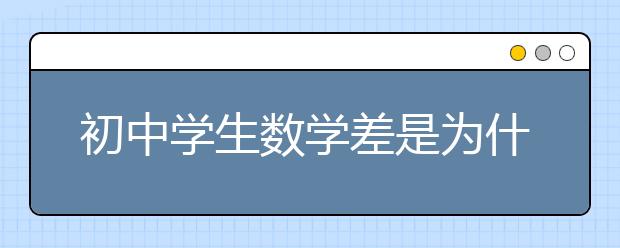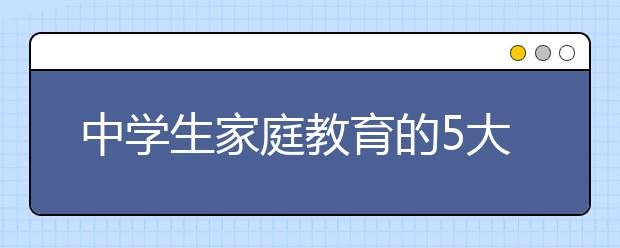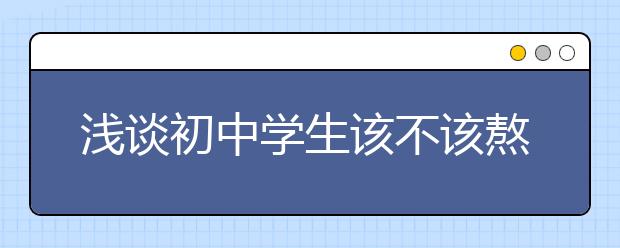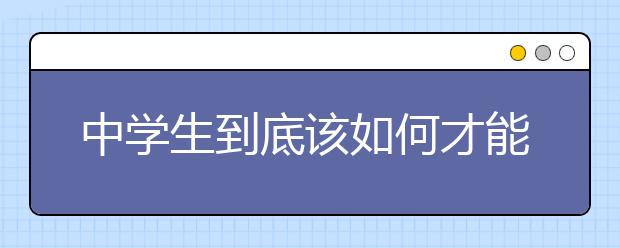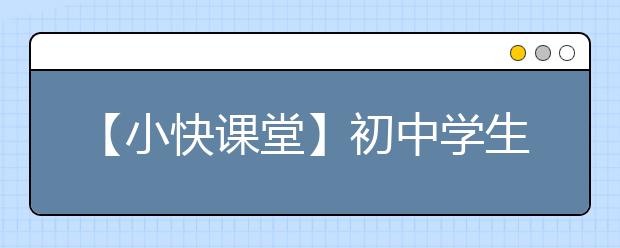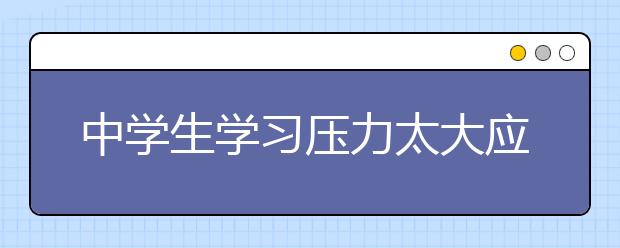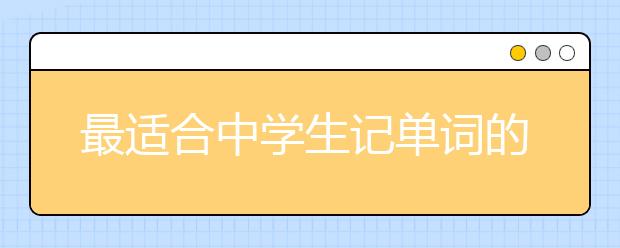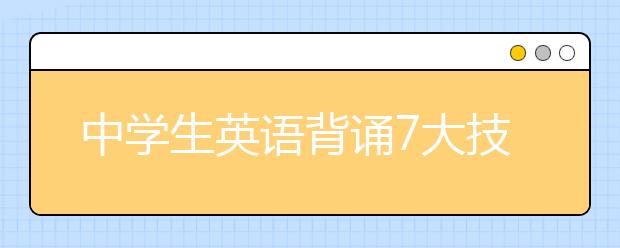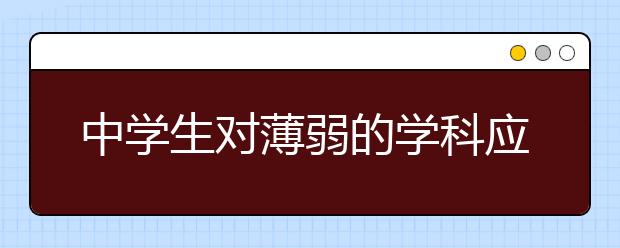1、 一般现在时
(1) 表示经常发生的动作或现在存在的状态,常与sometimes, always, often, every day等时间状语连用。如:He is often late for school.
She usually goes to work on foot.
(2) 表示客观真理、科学事实等。
如:The earth goes round the sun
2、 现在进行时
(1) 表示说话时或现阶段正在进行的动作,常与now, at present等时间状语连用。
如:What are you doing now?teacheray.com
也可用look、listen 等词提示 Look! The boy is playing basketball.
(2) 和always, continually等连用,表一种经常反复的动作,常含有某种情感。
如:He is always doing good deeds.
3、 现在完成时
主要表示动作发生在过去,对现在仍有影响,或动作一直延续到现在,或可能还要继续下去,常与just, already, so far, once, never 等词连用。
如: I have already finished my work .
He hasn’t found out who broke the door .
4、一般将来时
表示将来某一时间要发生的动作或存在的状态,常与tomorrow, next year等连用。
shall / will + 动词原形
am / is / are going to + 动词原形
am / is / are to + 动词原形
am / is / are about to + 动词原形
am / is / are + 动词-ing tomorrow、next week、in an hour、the day after tomorrow 等
He will go to Shanghai next week.
We’re going to see a film next Monday.
They are to see a film in a hour.
She is about to mend the bike later.
5、一般过去时
表示在过去某一时间或某一阶段内发生的动作或存在的状态,yesterday、last week、three days ago、before、 the day before yesterday 等
如 I finished my homework yesterday.
6、过去进行时
过去某个时刻正在进行的动作was / were + 动词现在分词 at six yesterday morning、this time yesterday、也可用when等引导的从句
如 I was sleeping at 11 last night .
7、 过去完成时
表示在过去某一时间或动作之前已经发生或完成了的动作。常与by the end of last month、when、before等引导的从句连用
如: I had seen the film when I was in college.
The meeting had begun before we arrived .
8、过去将来时
过去将来时 从过去某个时间看将来发生的动作 should / would + 动词原形
was / were going to +动词原形
was / were to + 动词原形
was / were about to + 动词原形
was / were + 动词-ing 通常在宾语从句中出现
如He said (that) he would go to Kunming the next day .
She told me (that) she was moving to France in two days .
(责任编辑:重庆课外辅导金博宝188官网)
以上就是金博宝188官网为大家带来的为什么中学生普遍认为英语时态最难学?,希望能帮助到广大考生!免责声明:文章内容来自网络,如有侵权请及时联系删除。
